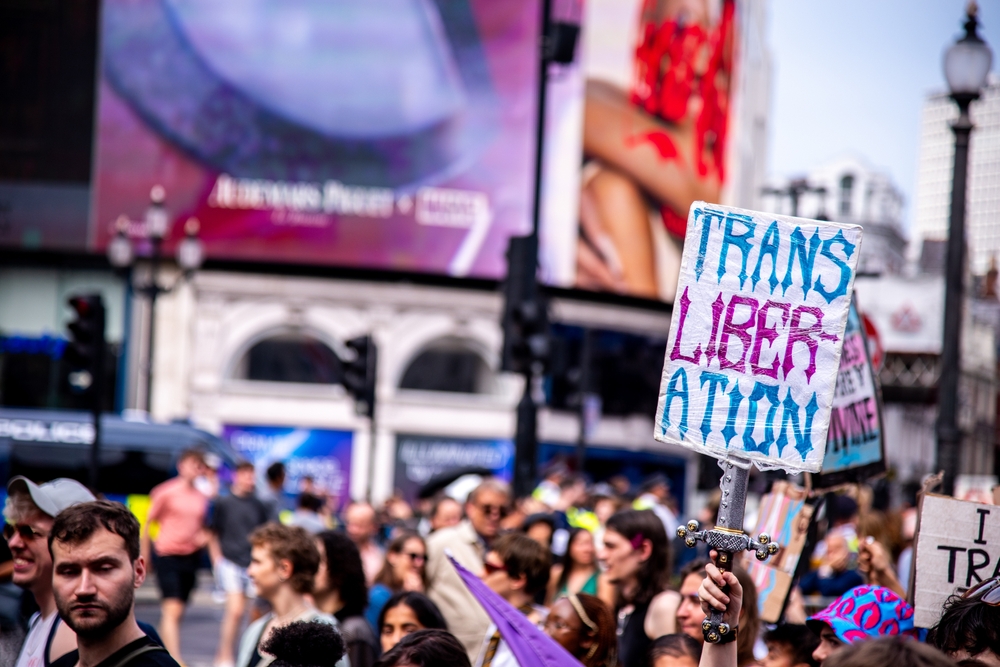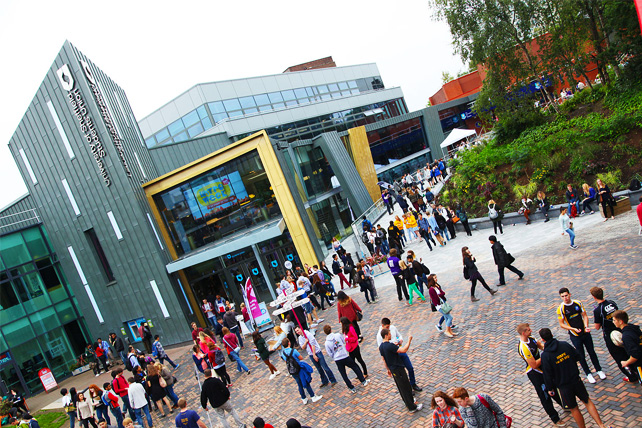The nature of the trans experience for me, and many, is of being forcibly politicised from a young age. Our existence is debated by people with little understanding of it, and often with no consideration for our lived realities. This is especially relevant now, as we find ourselves in the midst of a culture war that none of us asked to be part of. I find it important to share my own experiences and those of my community.
There is a significant lack of research into our community’s use of drugs. My own experiences as a queer person have always impacted what, how, where and why I use drugs. When I first came out as a transgender woman and made my first, formative steps into the world, drug-using spaces and people who use drugs were among the first to accept me as a woman.
My initial experiences of using drugs were that of immense joy, not just because of the substances, but also because I was so welcomed and loved, something I rarely experienced before. This experience also gave me the confidence to be unapologetic about my existence and live life as I am now.
The intersections of my experience as a trans woman who uses drugs also had negatives. The joy and acceptance are impacted by intensely traumatising elements of the trans experience which reverberate across my life. Harassment and assault have led me to change the way I use drugs, using them with far less regard for my own wellbeing, and instead to treat the intense dysphoria I have felt for many years.
Gender dysphoria is something with a very effective and direct, if often inaccessible, treatment. The denial of access to this treatment (which has a lower regret rate than other medical interventions) led me to self-medicate with drugs to cut through the intense fog of dysphoria from being forced to live in a body I felt a disconnect from and active hatred towards. Since accessing gender affirming healthcare, my drug use has changed drastically: I no longer need to self-medicate. I’ve developed a sudden connection with myself, my body, and a renewed sense of care for my own wellbeing. I can now use for enrichment and joy, maximising benefits while minimising harms.
The communities of trans people and people who use drugs are very similar. They provide for each other in ways that state structures either refuse to or simply cannot. We share controlled substances with one another, be they illicit drugs or hormone replacement treatment, disseminating injection advice and safe equipment. Through all of the joy and the devastation, including the bereavement – a feature of both communities – the community is always there for one another. This is an immensely important facet of our existence.
Meaningful involvement
My community understands me in a way that formal structures, like healthcare or harm reduction, will never understand. This is why, when we think about drug policy or harm reduction, it is vital that we are meaningfully involved and respected as experts. Similarly to drug use, our interactions with legal frameworks and services do not happen in a vacuum. Everything about my life as a trans person impacts everything about my life as a person who uses drugs.
If we want to build policies or engage in harm reduction activities that are truly inclusive, this must be a priority. For trans people, drug-related services can often be low on our priority list as we are usually fighting with health services who gatekeep our transition, or with people who hate us for simply existing. Often the best harm reduction interventions have very little to do with drug use at all; ensuring access to gender affirming healthcare for trans people is often a fantastic intervention to reduce drug-related harms.
Although I am Irish, my experience is by no means unique to my country or even continent. None of us have ever asked to be at the centre of a culture war, pitted against an ideology that wants to destroy our lives, our wellbeing, our drug use and our interaction with harm reduction services.
For me, my experiences as a trans person have impacted everything in my life, including my drug use. I currently live in Berlin: it is by and large a queer-friendly city, as well as the first place I could finally be myself. When I first visited, I was immediately accepted as a woman for the first time in my life, often by complete strangers I would meet in drug using spaces.
As I alluded to above, both the trans and drug using communities are immensely important to me. They have been a source of love and support in a world that often refuses to give me this. Both communities are absolute experts in their own experiences; they’re fountains of knowledge, passed down from person to person, from generation to generation.
Service improvements
So, what does all of this have to do with harm reduction? How can we transfer these experiences to services that enables us to thrive?
There’s a wide range of improvements that services can make to meet the needs of women, trans women, and non-binary or gender diverse people. When services are limited in capacity and funding, they are generally designed to cover the widest base as possible. Within a patriarchal society, this functionally means they meet the needs of the average cisgender man. This is not an easy problem to resolve; it requires a change which is in many ways out of our control – more money. More money means services can become more focused and targeted, rather than only meet a generalised understanding of their clientele’s needs.
When services are designed this way, it can mean people who don’t fit this narrow need of services are excluded for a number of reasons. While it is true that more men self-identify as drug users than women (and people outside the gender binary), women who use drugs represent an even smaller proportion of the people accessing harm reduction services. There is an inequality here in terms of service access that needs to be resolved.
Services should be safe places for women, trans, and non-binary people. Victims of gender-based violence are often forced to enter male-dominated spaces to access services; this can be a challenging barrier, triggering anxiety and actual risks of violence and exploitation. We can create services that are for non cis men, offering certain hours which are only open for women and non-binary people. Or, we can go further and open services which are solely designed for us.
Meet our needs
We also need to have our needs met – and that means all of our needs. WHRIN is currently running a series of workshops at a country level to improve access to sexual and reproductive health and rights information and resources within harm reduction services. Part of these workshops includes ensuring services are either equipped to meet these sexual and reproductive health needs such as access to contraception or STI testing, or can refer to appropriate services.
This works for the wide diversity of needs presented by people who use drugs and who are not cisgender men. This can be providing access to childcare when people are accessing services, as men are far less likely to be left with the childcare responsibilities.
As I mentioned already, the most effective harm reduction interventions often have nothing to do with harm reduction at all, so ensuring clients are well-informed and empowered to meet all of their other needs is crucial – whether that be gender-affirming healthcare or access to housing.
As a broader rule we also need to ensure that a wide diversity of voices are involved in the design and implementation of harm reduction services. When service implementation is community-led it needs to be led by the entire community, to ensure that the needs of the entire community are met. The community is also often able to provide for one another however it is needed, and in a way that the state is now willing to do. After all, we are all experts in our own existence, and we are the best at knowing what we need to stay safe and regain a sense of joy.


